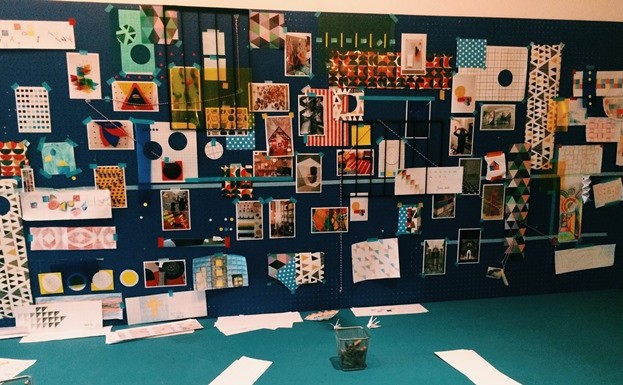Is it time to review and revamp your interpretation?
Here are some really quick and simple tips to get you started.
1. Before you start planning new interpretation, find out how visitors are using your museum or site at the moment. How do they spend their time?
2. Know your product. What ‘big story’ are you really trying to tell? Have you got an interpretation plan to focus your ideas? Do your visitors understand your ‘big story’?
3. Your staff and volunteers are a vital tool in building a first class visitor experience. Do they know what your interpretation offer is for each of your audiences?
4. Make it easy for visitors to engage with your stories.
5. Think beyond object labels and text heavy panels. Look outside the sector for inspiration on creative techniques. Food packaging, children’s publishing and hotels are good for clear communication, creativity in techniques and fantastic customer service (in that order).
6. Visitors don’t see an exhibition or trail in isolation. Your shop, cafe, car park and even toilets can help tell your ‘big story’ – make them work hard too.
7. Big events are great for creating a buzz but can take a lot of time, energy and money to organise. What would be the result if you did one less event and improved your everyday interpretation offer instead?
8. Interpretation isn’t about telling our audience things, it’s about a two way conversation with our visitors. How can they help to create compelling interpretation?
9. Spend your time and money wisely. Try out interpretation before investing in the final product.
10. Finally and above all start simple. Some of the simplest interpretation techniques are the best.
We love the write up of this real life project, together with honest reflection of a new visitor space at Forestry Commission Bedgebury in Kent. The article starts on page 13 of Roots, June edition.
A few more great places to get help:
Check out our Flickr Gallery which is packed with great examples of excellent interpretation
Association for Heritage Interpretation
A Sense of Place – interpretation planning guidelines
Scottish Natural Heritage guidelines
Sharing Our Stories Interpretative Planning Handbook
What have we got and is it any good? A practical guide on how to survey and assess heritage interpretation
‘The content for this article was created by an Arts Council England funding project as part the South East Museum Development Programme Re:Fresh project which was coordinated by Heritage Insider Ltd.’
